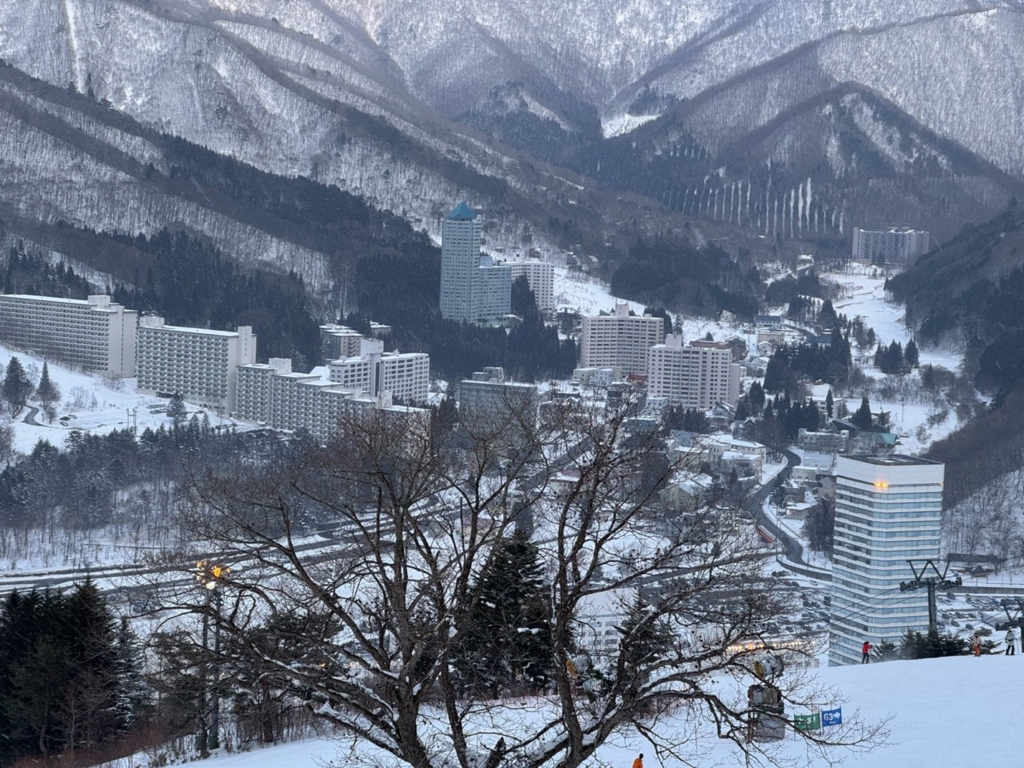Japan famously kept its borders shut to foreigners for much longer than other countries in order to control the spread of COVID-19 and did not fully reopen until May of 2023. Many people in the tourism industry wondered if this would have a long-term negative impact on the inbound market. However, as soon as the borders starting reopening to Western tourists in the fall of 2022, there was a flood of European and American visitors. It quickly became obvious that there was pent of demand for travel to Japan.
The latest numbers confirm that the market has returned to pre-COVID levels. The Japan National Tourism Organization (JNTO) reported that 2.73 million foreigners visited Japan in December, which was a record for that month. January saw 2.69 million visitors, which was more than in 2019 right before COVID. Visitors from mainland China were only allowed back into Japan from last May and likely due to the economic situation at home were slow to start traveling again. However, there were 415,000 mainland Chinese visitors in January, a 33% increase over December, suggesting that they will be coming back in force this year. With such tailwinds, total inbound visitors for 2024 will likely exceed 40 million people, topping the 39.9 million in 2019.
All of this bodes well for Japan’s commercial and resort construction sectors. Many hotels in the Kansai region are already being rushed to finish in time for the Osaka Expo next year. Talking to the designers and architects working in the commercial sector, we see that they are now very busy with new projects as well as ones that had been put on hold over the past several years. Material suppliers are anticipating robust orders as more of those projects enter the construction phase.
Meanwhile, Japan’s resort areas had their first fully open ski season since 2019, which came as a great relief to operators and developers. Going forward these resorts will enjoy even greater numbers as the legend of “JAPOW” (heavy dumps of powder snow) has spread further this winter. While ski hills around the world have faced a lack of snow this season, Hakuba and Niseko are still piling it up into March. More and more, Japan with its reliable snow fall is looking like the safest place to book a ski holiday in advance.
Overseas investors watching the inbound market in Japan and the currently weak Yen see this as a great oportunity to make investments. Recently the Singapore based fund PCG bought several ski resorts in the Shinetsu region, which overlaps parts of Nagano and Niigata and has easy access to Tokyo via the bullet train, and last fall announced plans to combine them into a single super-destination, allocating USD$1.36 billion to the project. Local operators want to build on this momentum and believe it can be the third major inbound ski destination after Niseko and Hakuba.
This winter I also made a point of visiting some of the bubble era ski resorts in Yuzawa and it was interesting to see how foreign visitors have taken over these hills. One of the resorts was built with its main lodge atop of the bullet train station so people can arrive from Tokyo in their sneakers, go upstairs to rent eveything including gloves and goggles, before hopping into the gondola to go up to the hills. While this was built originally with Tokyoites in mind, it is incredibly attractive as well for foreigners looking to travel light but wanting to experience a little of JAPOW. Unfortunately, the facilities in this area are in desparate need of upgrades and renovations. However, with a large stream of inbound visitors it is only a matter of time that such work will be undertaken.
By exhibiting in trade shows like the Nikkei Architectural and Construction Materials show and working with groups like the Japan Commercial Design Association, BC Wood will contiune developing new contacts and leads for our members in this exciting market.
